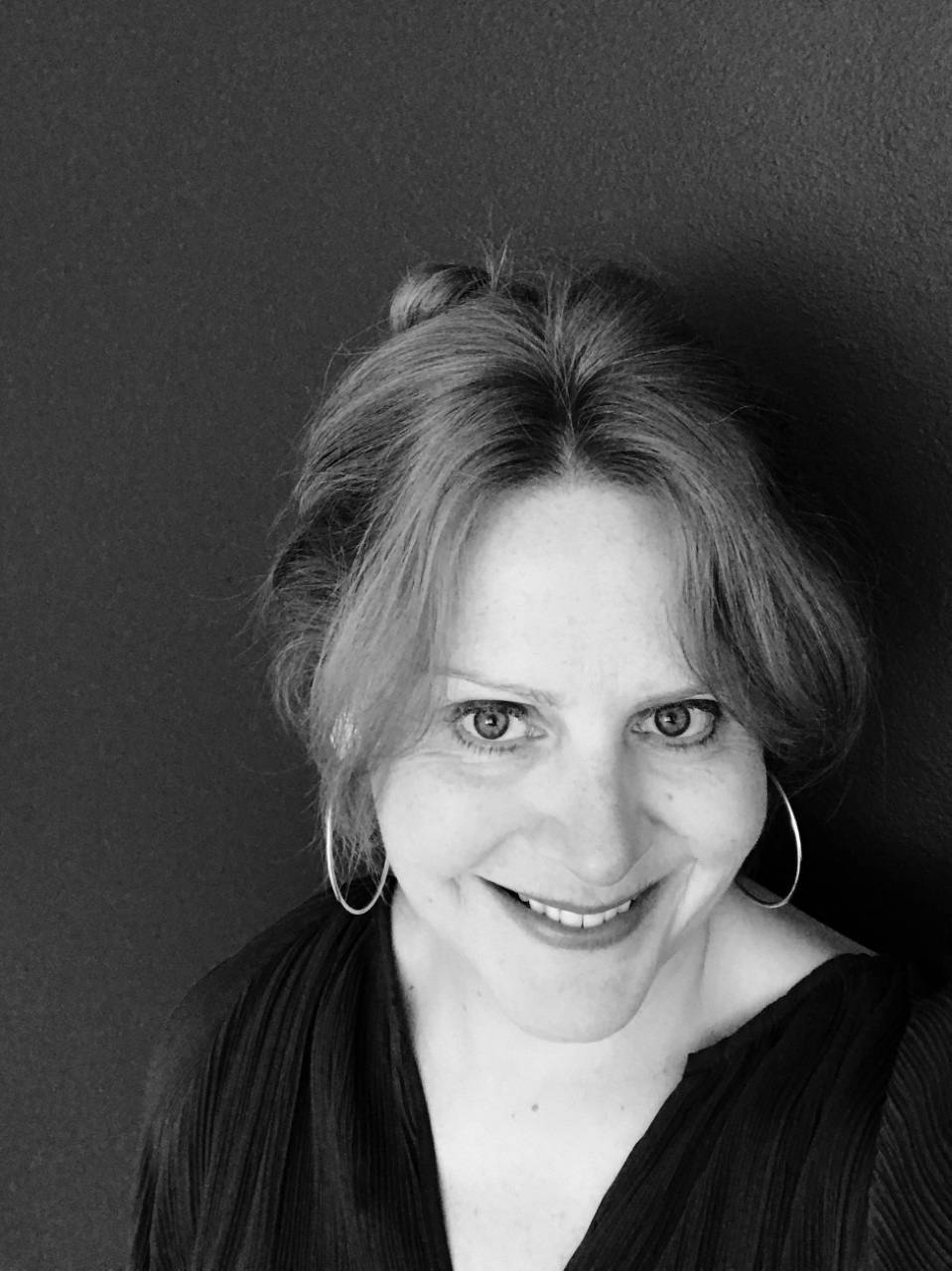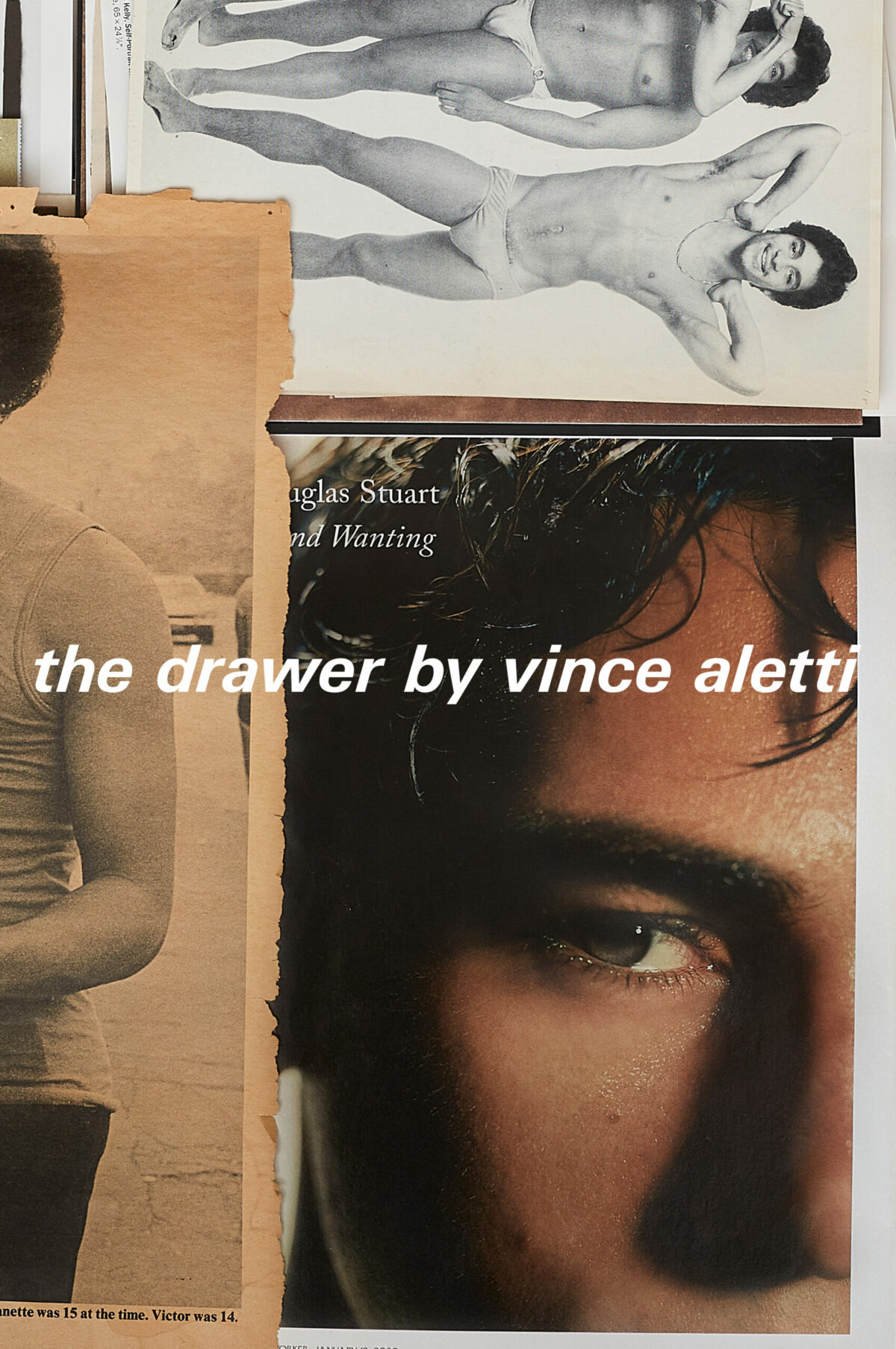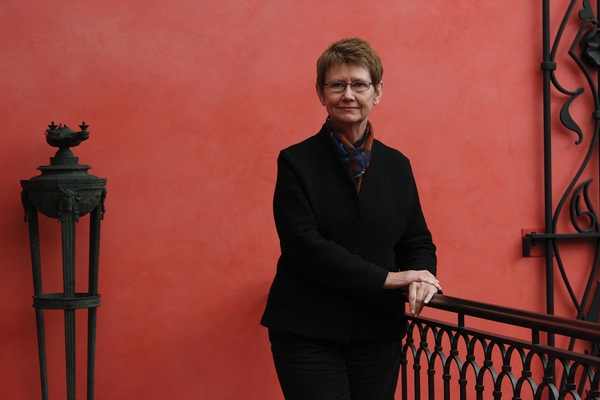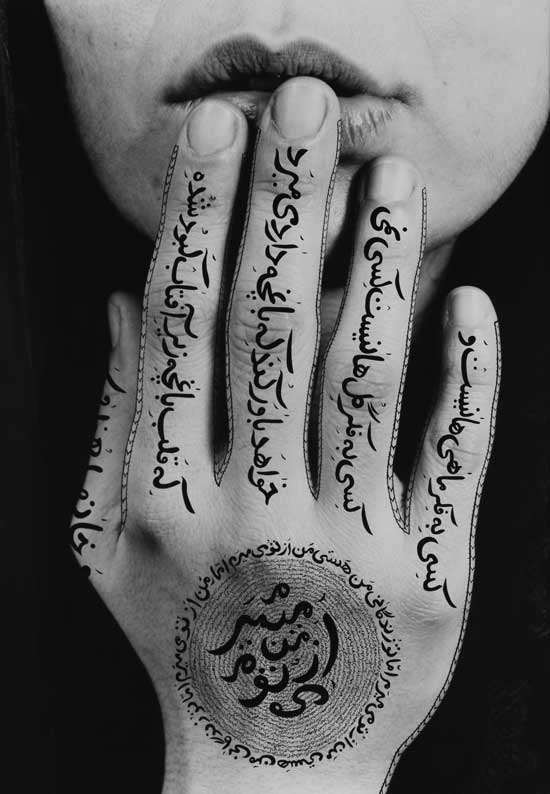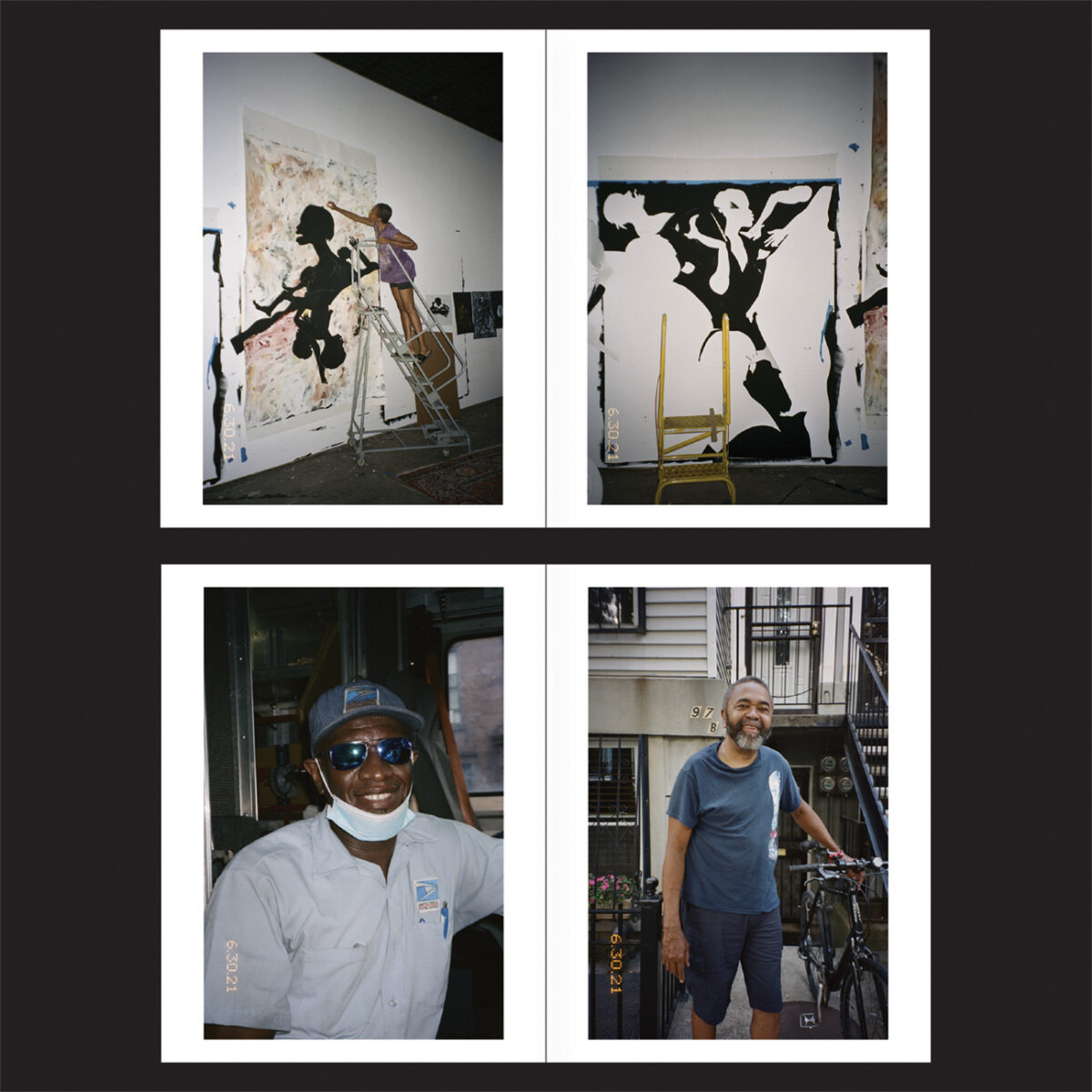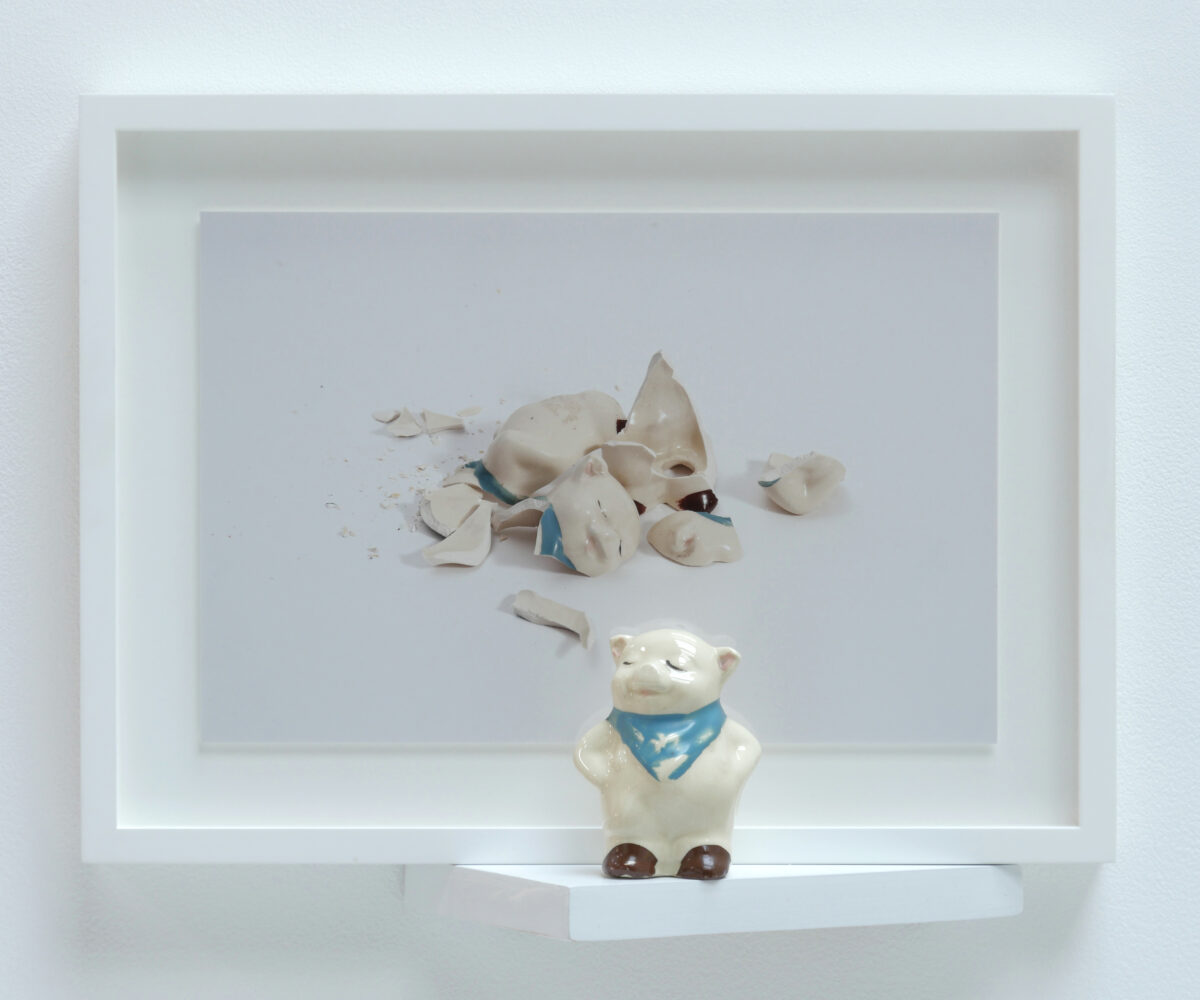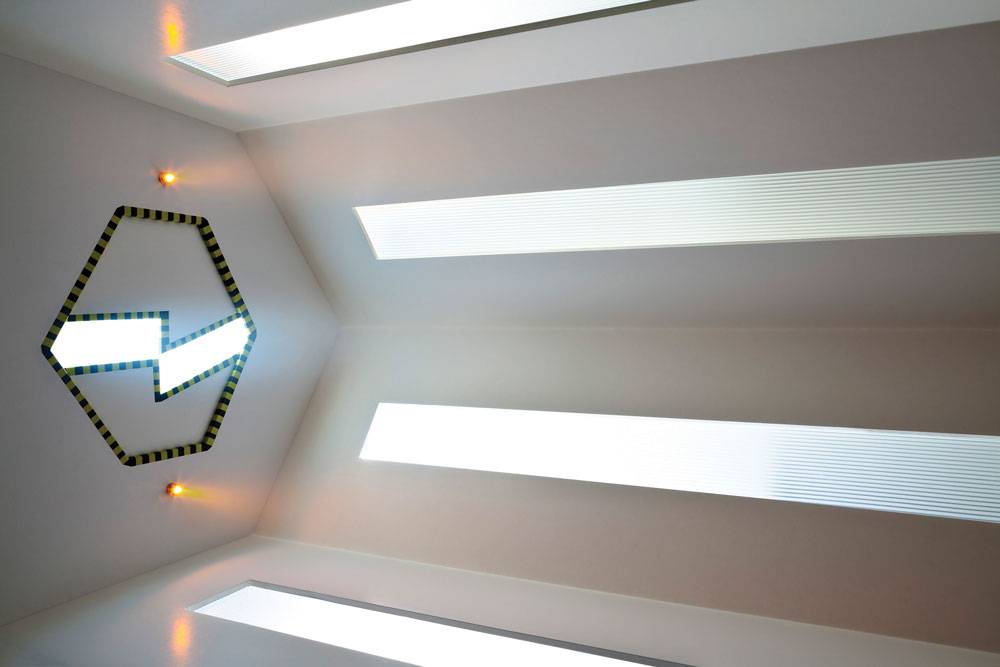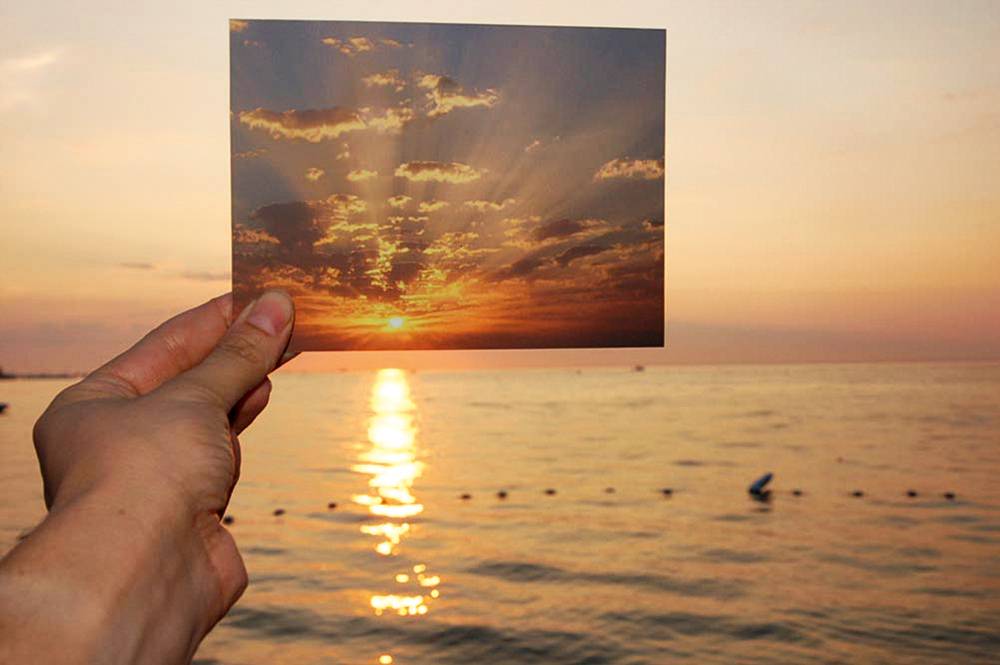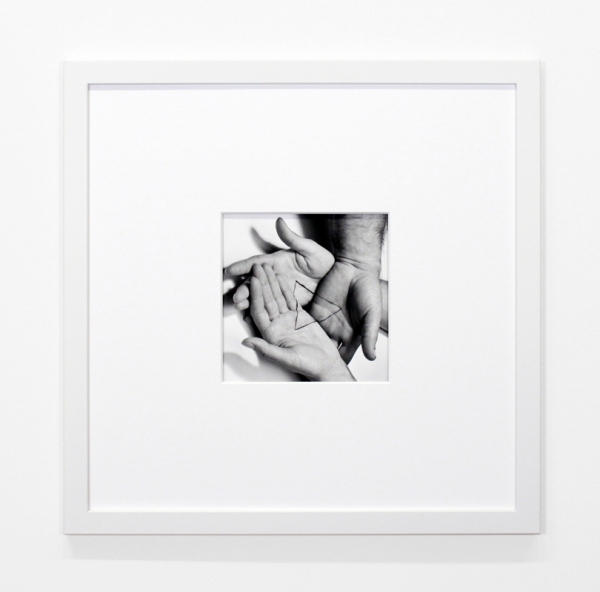Adi Nes is not in a hurry. The Israeli artist, who creates referentially dense photographic tableaus, proceeds carefully. His last major series, The Village, appeared in 2012. A selection of his works from three different series will be on view with the opening of the new Fotografiska New York this winter. The Stockholm-based institution offers a new model for exhibitions – part photography gallery, part cultural-event venue, part restaurant, with an interest in a range of contemporary photographic practices. Until the next appearance of new work, we will have to be content with this mini-retrospective.
Lyle Rexer: I can’t help mentioning the remarks I read recently by Israel’s minister of education, about his support for conversion therapy for gay people. It’s astounding.
Adi Nes: He’s apologized since, but this type of zigzagging happens in the U.S. as well. So much of my art begins in my sense of gay identity. The starting point was a sense of pain, or something deep in the soul you can’t express, to which you add creativity. That sense of gay identity was motivation; it was like oxygen to my work. Art was a kind of therapy.
LR: Did you always see photography as a way of expressing yourself, as a way out of the closet?
AN: I thought I would express myself as a painter, you know, but when I went to Bezalel Academy of Arts and Design, I must have marked the wrong box for my program because I wound up in photography classes.
LR: That helps me understand your interest in images from art history, but what about photography, and especially tableaus? Israel has a great culture of documentary work, but that’s not what you do.
AN: There was not much around in Israel that spoke to me in the 1980s. I saw Mapplethorpe’s work, and of course it made an impression on me, but [there was] little else. Instead I had the stories of the Bible and Greek mythology. My interest in the history of art was a way to use images that viewers might know and bring them to the gay aspects of the art of Michelangelo, Leonardo, Caravaggio, and others. In the beginning I often referred directly to such images, but now it’s much subtler. And I also have other inspirations, from local history or my own memories.
LR: I wanted to ask you about those, but there was another article I read, this one a review of The Village in Haaretz, the Israeli newspaper, that basically said your work wasn’t political enough, not critical enough of the very Israeli and biblical imagery you use.
AN: I am not compelled to be explicitly political in the way they mean it. The pictures represent me, not my country or a position. I don’t believe in propaganda or in being provocative for the sake of provocation. I find it amusing that someone would criticize an artwork as “not political enough,” especially when it comes to art made in the Middle East, where everything is considered a political stance. In the reality I live in, even taking a photo of a thorn in the wilderness is taking a political stance, in the same way that Mapplethorpe expressed his agenda by photographing a flower.
LR: That said, I find many of the photographs far more critical and nuanced than the article acknowledged.
AN: A viewer must know how to read the pictures I make. The beauty of art is that it allows one to choose a point of view, to read a picture of mine in religious terms, or cinematically, or in terms of Israeli identity or gay identity.
LR: To take an example, the photograph from The Village in which the armed villagers, with their backs to the camera, aim their weapons at an apparently empty forest. I find this anything but nostalgic; it does not seem to reinforce the heroic idea of defending the homeland.
AN: Just the opposite, I wanted to emphasize the paranoia behind that, shooting at nothing out of fear. The villagers in the photographs need a common enemy to be a community. The border does not only separate them from forbidden things, but it also contains them to be a community. I think that the nostalgia some people attribute to the photographs in The Village series derives from the figures’ attire, and the absence of modern props such as cell phones. The figures in the photographs are not connected to a specific time or place. When I was growing up, these blue work clothes [worn by the figures in the series] were what working people actually wore, in the socialistic at-mosphere that characterized the first decades of the State of Israel, which, for many, was the farthest thing from romantic.
LR: Likewise, I see your use of religious imagery as equally critical. In referencing Abraham and Isaac, for example, using characters in contemporary clothing, are you saying that these stories represent patterns of behavior that continue?
AN: Every Israeli parent-to-be, when expecting a child, thinks about the day this child joins the army (military service is mandatory in Israel), and the parent experiences anew the narrative of the Binding of Isaac. I am not a religious person. I studied the stories but from the perspective of someone who grew up after the war in 1967, with pop music and movies and novels. I use the stories to talk about today, as a way, again, of making a path to the viewer, who will make the associations.
LR: Outside of the Biblical stories, I am very interested in the origins of your images. They don’t arise out of a program or a political agenda, so what is their inspiration? Can you take me inside the process?
AN: I can give you a couple of examples. In The Soldiers series, I staged a photograph of soldiers urinating in the middle of nowhere. It came from a question I asked myself: How does an artist begin a painting or a drawing? By making a mark. That got me thinking about marking territory, especially in military terms. The context was the Israeli occupation in Lebanon. General Ariel Sharon promised the Prime Minister Menachem Begin to get into Lebanon only for 40 kilometers, implying it was just a temporary incursion, but Israel was stuck in the Lebanese mud for 18 years. The soldiers in the picture are marking the ground by pissing on it. It’s very intimate among them. Looking for intimacy in a male environment is something homoerotic I was attracted to. This is the nature of men – this and to occupy a territory. Another image from the series shows a soldier standing in water holding up a rifle, surrounded by troops celebrating. It mimics a photo on the cover of Life magazine after the 1967 war showing a handsome soldier holding up a captured AK-47 rifle, a symbol of the victory. I darkened the water – it is cold, frightening, and not a baptism or a rebirth. Since that victory there has been no solution for either Israel or Palestine.
LR: It’s fascinating to unpack your images because they always touch on more than a single viewer is likely to know or intuit. To avoid the risk of turning into a monk poring over an allegorical text, I wanted to ask about the future. What is the direction of the new work?
AN: The medium has changed. I was always a control freak, and now I can work with scanners and digital post-production, so I have more control. But I also have to deal with the fact that people increasingly see images only on their phones. Can I work for that space? I am also working on a film. In broader terms, other things are breaking apart, and I am trying to respond: to my body, as I age, to the sense of family and community, even Israel itself. This is pessimistic, yet there is something beyond the material that persists, and I am trying to visualize it. I think that it’s a matter of having a vision. If you do have one, it beckons you to follow it. It requires that I update my visual language, that I invent myself again without forgetting the core of my identity.
LR: Like the ancient prophets, I ask “How long, O Lord, how long?”
AN: And I reply, maybe two years. In the eyes of an artist, it is as Peter said, paraphrasing Psalms, “A day is like a thousand years, and a thousand years are like a day.”


